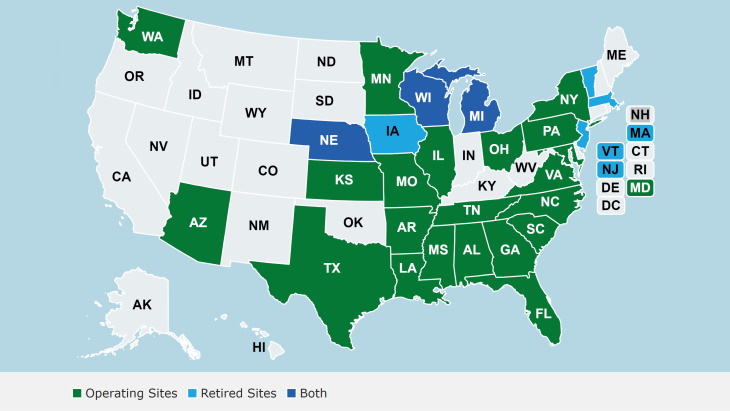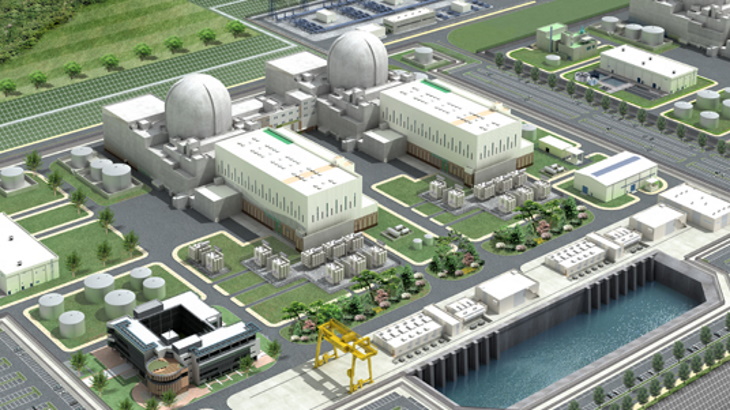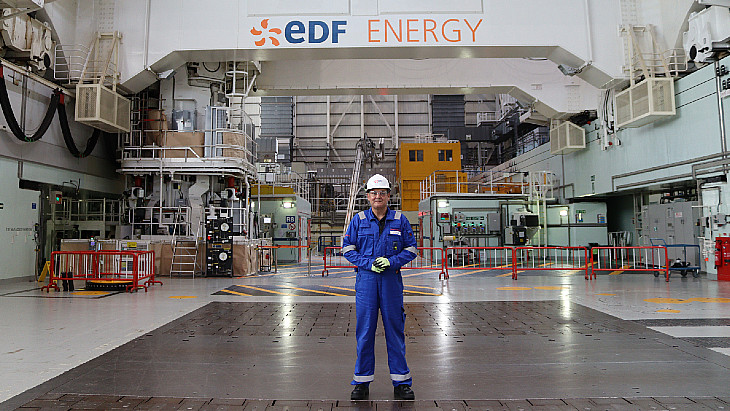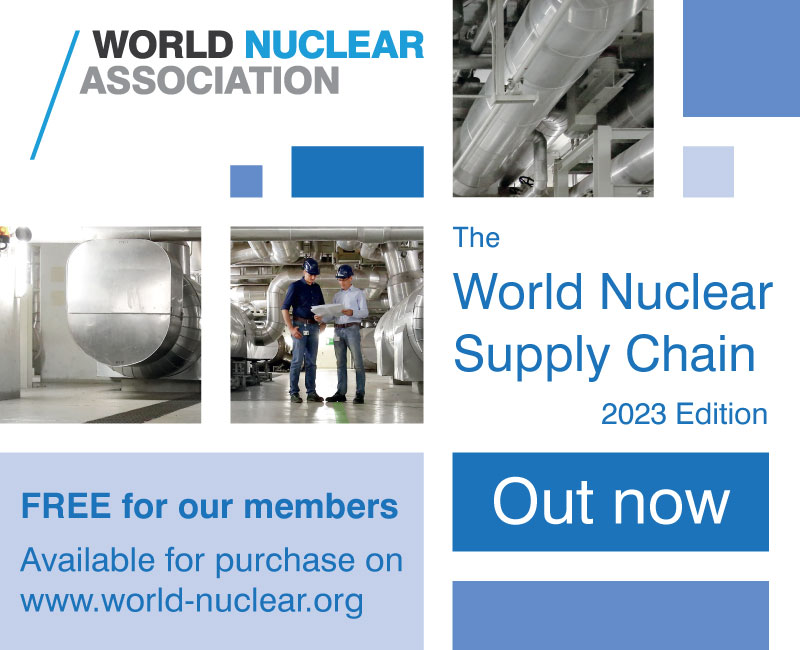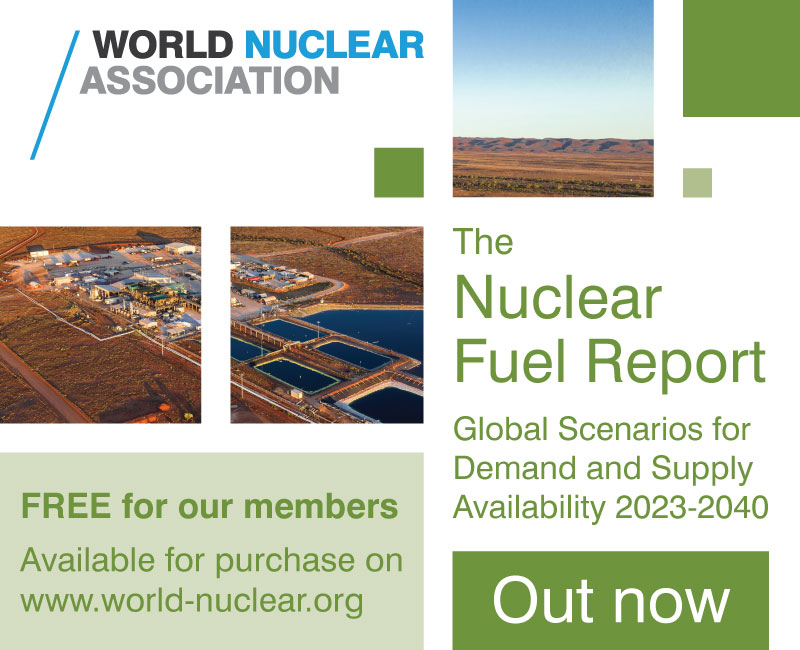EDF warns of added costs of Flamanville EPR weld repairs
-(002).jpg)
In a pressurised water reactor, steam generators transfer reactor core heat from the primary coolant loop into a secondary loop where it can be used to generate electricity. The secondary loop is a closed system in which steam produced in the steam generator is conducted towards the turbine. Once condensed, the water is returned to the steam generator.
In June, the Autorité de Sûreté Nucléaire (ASN) requested EDF repair eight containment penetration welds in the Flamanville EPR as quality deviations had been discovered. These welds are located in hard-to-access areas of the reactor.
EDF said it has assessed three repair scenarios for those welds. ASN sent EDF a letter on 4 October concerning the technical feasibility of these three scenarios.
EDF's preferred scenario "is the use of remote-operated robots, designed to conduct high precision operations inside the piping concerned." The technology, it says, has been developed for nuclear power plants in operation and must be qualified for the penetration weld repair work. "The aim is to qualify this scenario with validation by the ASN by the end of 2020, the date at which EDF will be able to initiate the repair works."
The second option - based on "extraction and realignment works in the Safeguard Auxiliary Buildings" - will at this stage be kept as a fall-back solution, EDF said.
Based on this penetration weld repair strategy, EDF's board of directors approved continuation of the construction of the Flamanville EPR at a meeting yesterday, the company said.
EDF has adjusted the schedule and estimated cost of constructing the unit based on this scenario. It says that, assuming the repair method is approved by ASN by the end of next year, the loading of fuel into the core of the reactor will be "at the end of 2022". The company had previously expected to repair the welds for commissioning of the unit by that time. The estimated cost of building Flamanville 3 would also increase to EUR12.4 billion (at the 2015 rate, excluding interim interest), up from EUR10.9 billion.
Construction work began in December 2007 on the 1650 MWe unit at the Flamanville site in Normandy. The EPR reactor was originally expected to start commercial operation in 2013.
In December, unit 1 of the Taishan plant in China's Guangdong province became the first EPR to enter commercial operation. Taishan 2 began commercial operation last month. Olkiluoto 3 in Finland, the first-of-a-kind EPR, has completed hot functional tests and is preparing to load fuel. Two EPR units are also under construction at the Hinkley Point C project in Somerset, UK.
_92619.jpg)

